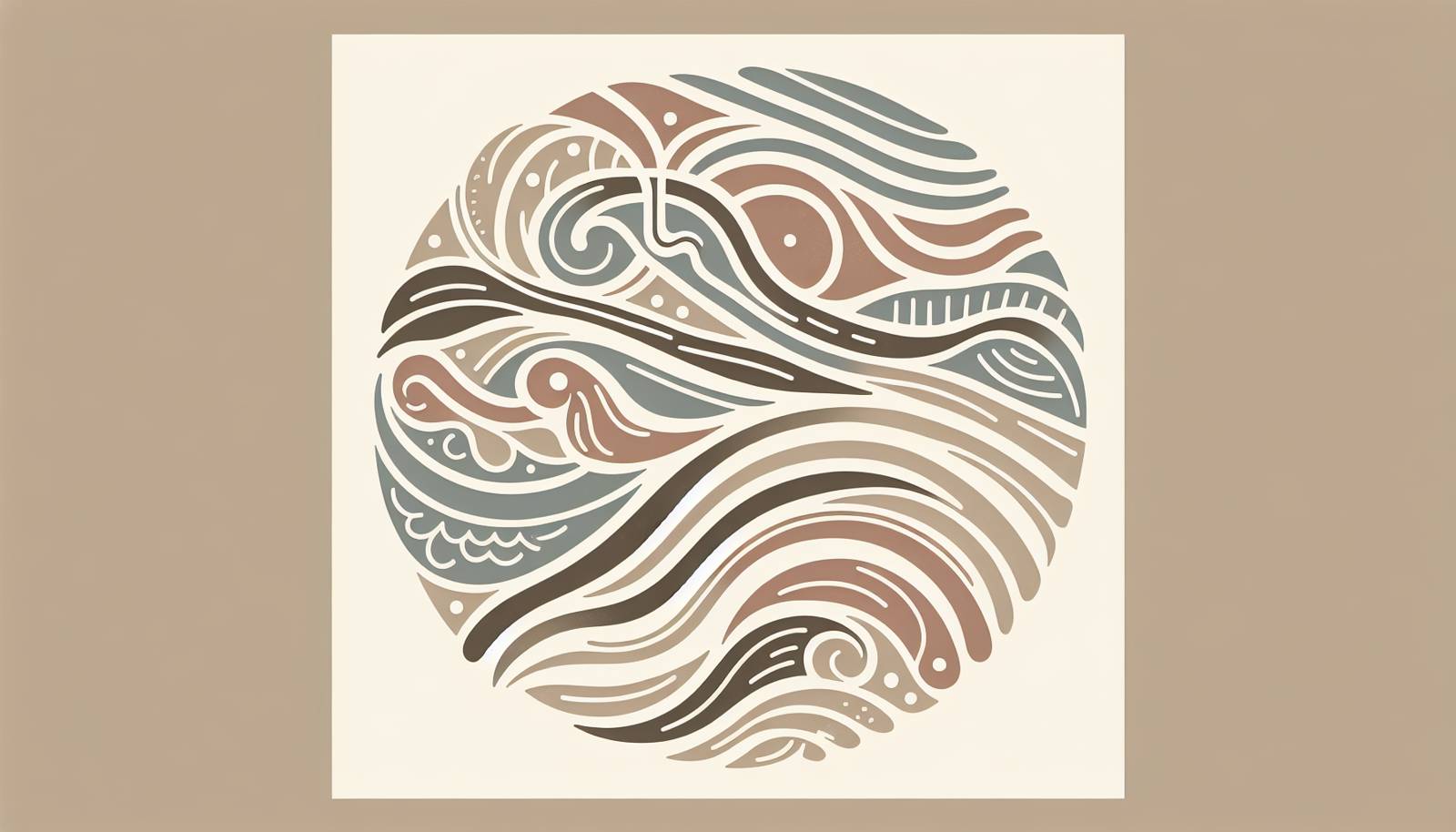
FAQ About The Significance of Indigenous Art in Cultural Heritage

What is indigenous art?
Indigenous art refers to the creative works produced by the native peoples of a region. It encompasses a wide range of mediums, including painting, sculpture, textile work, weaving, carving, and more. These artworks are often deeply linked to the cultural, spiritual, and social elements of indigenous communities.

How does indigenous art contribute to cultural heritage preservation?
Indigenous art plays a crucial role in cultural heritage preservation by safeguarding historical narratives, spiritual beliefs, and traditional practices. Through visual storytelling, indigenous art keeps cultural memory alive, passing on ancestral knowledge and values to future generations. It also serves as a means of educating others about the unique cultural perspectives of indigenous peoples.

What are some common themes found in indigenous art?
Common themes in indigenous art include nature, spirituality, everyday life, mythological stories, and the relationship between humans and the environment. Often, these themes are expressed through symbols and metaphors that are unique to the cultural context of a particular indigenous group.

How can indigenous art educate future generations?
Indigenous art educates future generations by conveying stories, values, and teachings that have been passed down through oral traditions and visual representation. Artworks can serve as a tangible connection to cultural history, allowing younger members of the indigenous community to engage with their heritage and learn essential cultural skills and knowledge.

What are the different forms of indigenous art?
Indigenous art can take many forms, including but not limited to painting, sculpture, beadwork, weaving, pottery, carving, dance, and music. Each form is often specific to a particular culture or region, incorporating unique styles, materials, and techniques.

Why is it important to recognize the cultural significance of indigenous art?
Recognizing the cultural significance of indigenous art is crucial for acknowledging the history, identity, and rights of indigenous peoples. This recognition helps to ensure that their cultural expressions are respected, preserved, and not misappropriated, thus supporting the broader movement for indigenous rights and cultural integrity.

How does indigenous art reflect the identity of its creators?
Indigenous art reflects the identity of its creators by embodying their cultural heritage, personal experiences, and community values. Each piece of art is a manifestation of the artist's connection to their land, history, and society, often illustrating stories and concepts unique to their cultural context.

Can indigenous art influence contemporary art movements?
Yes, indigenous art has significantly influenced contemporary art movements by introducing unique perspectives, techniques, and themes. Many modern artists draw inspiration from indigenous styles and narratives to explore identity, post-colonialism, and cultural diversity in their work.

What role do indigenous artists play in their communities?
Indigenous artists often play crucial roles in their communities as cultural guardians, educators, and storytellers. They preserve and promote traditional art forms while contributing to social and political discourse, helping to strengthen community identity and resilience.

Why is indigenous art often tied to the environment?
Indigenous art is often tied to the environment because many indigenous cultures have a profound spiritual and cultural connection to the land. Artworks frequently depict natural elements, landscapes, and animals, reflecting the belief that human life is intrinsically linked to nature and the environment.

How has globalization affected indigenous art?
Globalization has had both positive and negative effects on indigenous art. On one hand, it has facilitated the global dissemination of indigenous art, increasing visibility and opportunities for artists. On the other hand, it has also led to challenges such as cultural appropriation, commercialization, and the dilution of traditional art practices.

What is cultural appropriation and how does it relate to indigenous art?
Cultural appropriation occurs when elements of a minority culture are taken by members of a dominant culture without permission, respect, or understanding. In the context of indigenous art, this can involve imitating or selling indigenous designs and motifs without acknowledging their true origin, thereby disrespecting and exploiting the cultural significance behind these artworks.

What efforts are being made to protect indigenous art and cultural heritage?
Efforts to protect indigenous art and cultural heritage include legal measures, such as copyright and intellectual property rights, cultural exchange programs, and the establishment of galleries and museums dedicated to indigenous art. Organizations worldwide also work to raise awareness and advocate for the protection and promotion of indigenous cultural expressions.

How can individuals support indigenous artists and their cultural heritage?
Individuals can support indigenous artists by purchasing artworks directly from the artists or through trusted platforms that prioritize fair trade and ethical practices. Additionally, educating oneself about the history and significance of indigenous art, and advocating for policies that protect indigenous cultural heritage can also contribute significantly.

Are there any misconceptions about indigenous art?
Some common misconceptions about indigenous art include the idea that it is primitive or simplistic. In reality, indigenous art is often highly sophisticated and varied, with deep meanings and skilled craftsmanship that reflect complex cultural narratives and connections to the environment.

What are some examples of internationally recognized indigenous art?
Some examples of internationally recognized indigenous art include Australian Aboriginal dot paintings, Native American totem poles, and Maori carvings. Each of these art forms has achieved significant acclaim for its uniqueness and the rich cultural tapestries they represent.

In what ways does indigenous art serve as a form of resistance?
Indigenous art can serve as a form of resistance by challenging colonial narratives, asserting cultural identity, and protesting against historical and ongoing injustices faced by indigenous communities. Through art, indigenous peoples can reclaim their stories and assert their rights, making art a powerful medium for social and political critique.

How do museums and galleries present indigenous art?
Museums and galleries present indigenous art in various ways, often aiming to balance educational, cultural, and ethical considerations. Many institutions now strive to collaborate with indigenous communities to ensure respectful and accurate representation, incorporating indigenous perspectives into their exhibitions and programming.

How does indigenous art vary between different cultures?
Indigenous art varies significantly between different cultures due to diverse historical, environmental, and social contexts. Each culture has its own unique styles, symbols, and traditional techniques that reflect its values, beliefs, and relationships with the natural world.

What are some challenges faced by indigenous artists today?
Indigenous artists today face challenges such as cultural appropriation, economic marginalization, and limited access to markets and resources. Additionally, they often struggle with the pressures of balancing traditional practices with contemporary demands, as well as the fight for recognition and respect for their cultural heritage.
